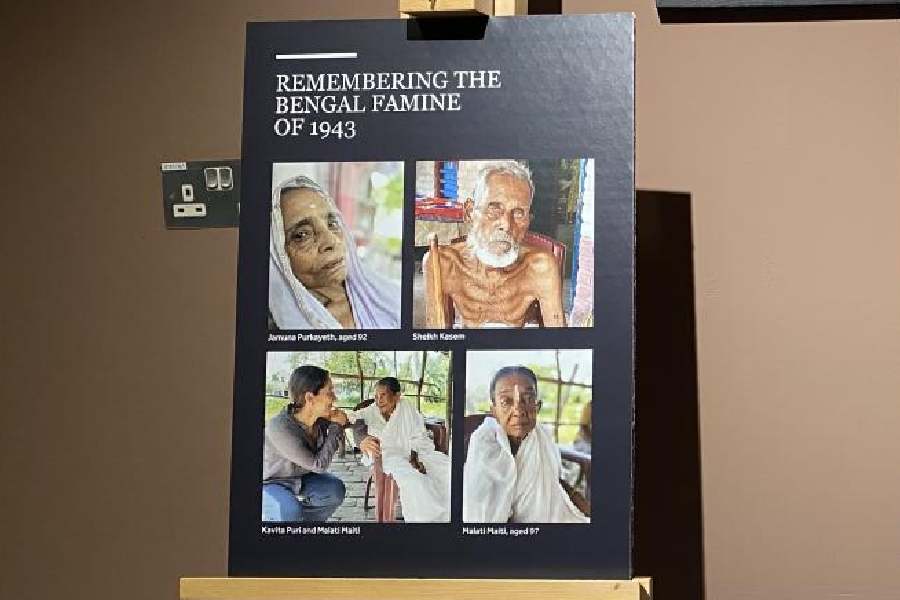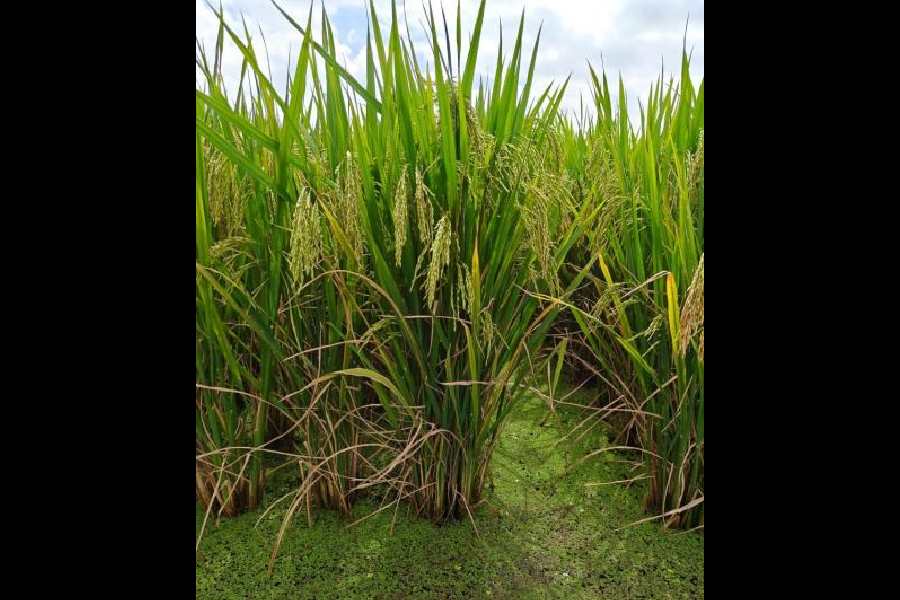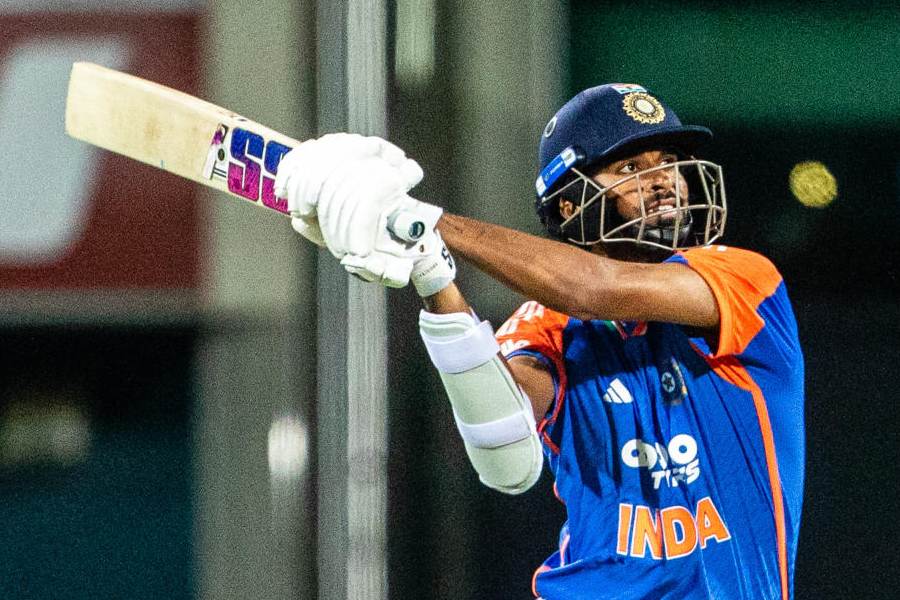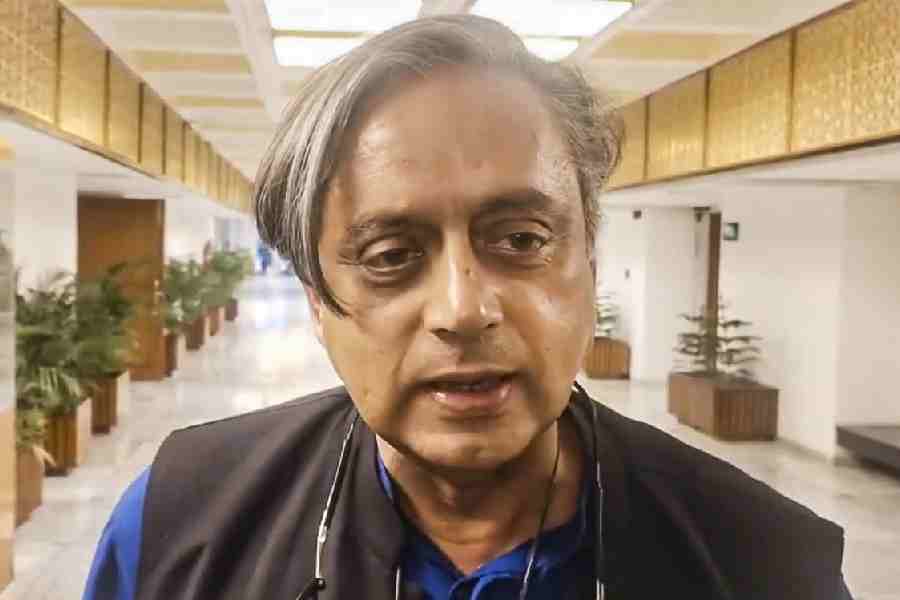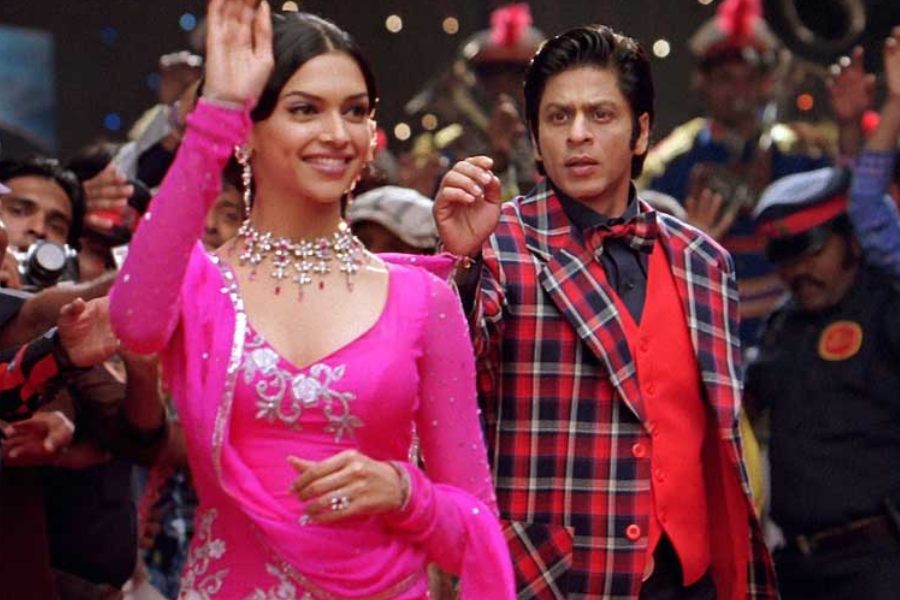|
|
Ustad Amir Khan (1912-74), one of the greatest khayal singers of the second half of 20th century, has left a distinct impression on contemporary vocal and instrumental styles of classical music. As such, his son Shabaaz Khan, the actor, should be congratulated for setting up the Ustad Amir Khan Memorial Foundation that presented Sur Rang, a music programme to commemorate the death anniversary of the Ustad at G.D. Birla Sabhagar on February 23 and 24, in association with HSBC Premier.
The first evening started with a 20-minute extract from a documentary film on the Ustad, put together by his son from archival material. The image of raga Shree , built by Padma Talwalkar in the first recital of the programme, was most impressive. The first 15-minutes of her vilambit ektal khayal presented phrases ending on the rishav with such regularity that those ending on the pancham came as melodic relief. Ideally, in Shree, these are the two notes on which most phrases should end and most good recitals use both equally. With her method, Talwalkar showed that even one of the two was good enough for both her and the raga! In the final section of the vilambit, Talwalkar’s fast medium tempo Jaipur-Atrauli taankari was in full flow. The drut teental khayal was also well sung. The medium tempo Nayaki Kanada khayal (“Mero piya rasiya”) was delivered next with expert taankari and bol-bant. The brief drut khayal in the raga, however, was not as impressive.
The other recital of the evening was a sarangi duet by Sultan Khan and his son Sabir. Their first raga was Jog, which owes much of its current format to Ustad Amir Khan. Sultan Khan presented a version that generally neglected the komal gandhar in faster movements and used it chromatically after the shuddh gandhar while moving to the tonic. Chromatic notes are taboo in Hindustani music except in ragas like Lalit where the two madhyams are used in this manner. The maestro was occasionally off-key too and the alap and jod were structurally wayward. He went on to play vilambit teental, madhya drut ektal and drut teental compositions in the raga. The gatkari in most of these lasted less than eight minutes.
Sultan Khan’s second raga was one that had been created by Amir Khan and left unnamed: Sa Ga ma Pa ni. After playing madhya drut teental gatkari in this raga for a while, the sarangi maestro started using touches of dhaivat and rishav and finally played a drut teental composition in which both these notes were used prominently.
The second evening opened with a sitar recital by Shahid Parvez. His alap in Yaman featured systematic phrase development with meends and combinations associated with Ustad Vilayat Khan. There were some excellent deflections in the jod as well, and the jhala was both powerful and melodious. The rupak tala gatkari warmed up with gamak taans and chaugun taans, ending with tihais just before the mukhra. The tabla accompanist, Kumar Bose, responded magnificently to these and played his rounds with skill and artistry. There were impressive aatgun taans and fine deria taans in the madhya drut and drut teental gatkari as well. The drut gat was based on a composition popularized by Ustad Amir Khan (“Ayso sughar sundarwa balamwa”). While playing this, Shahid Parvez suddenly changed over to a tarana in raga Hansadhwani composed by Ustad Amir Khan and played it in its entirety. This was a fitting tribute to the ustad. There was skilled taankari in this section that was accelerated to the ati drut level.
Ulhas Kashalkar, the final artiste of the programme, sang detailed phrase elaboration with more sustained notes than usual for him, in his vilambit khayal in Jogkauns. There was not much rhythmic development but expert taankari in the last eight minutes of the vilambit and also in the drut khayal. He displayed an excellent blend of the two constituent ragas, both in the melodic elaboration and taankari of the vilambit and drut khayals in Basant Bahar. The final item, a rupak tala composition in Bhairavi, apart from having enough appeal, displayed Kashalkar’s vocal prowess as its phrases flowed effortlessly into the top register though it was sung with the tonic shifted to the madhyam.






